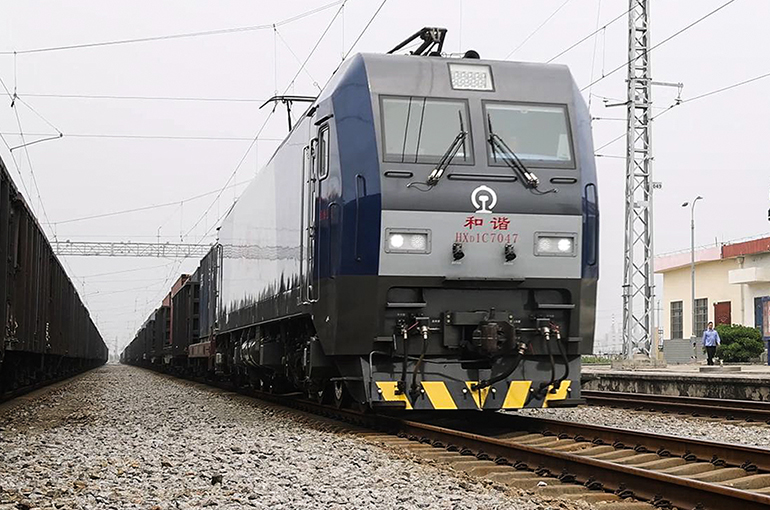 China's Annual Trade via Western Land-Sea Links Tops 1 Million TEU for First Time
China's Annual Trade via Western Land-Sea Links Tops 1 Million TEU for First Time(Yicai) Sept. 19 -- China's imports and exports through the Western Land-Sea Corridor, one of the country's main channels for trading goods with the Association of Southeast Asian Nations, have exceeded 1 million twenty-foot equivalent units so far this year, crossing the threshold for the first time.
The cargo move via the new logistics network connecting China's western regions to global markets surged 73 percent to more than 1 million TEUs as of Sept. 4 this year from a year earlier, according to the data released by the National Railway Administration on Sept. 16.
Established in 2017, the Western Land-Sea Corridor runs through 18 provinces, 73 cities, and 158 stations on 24 regular railroads in China, reaching 571 ports in 127 countries and regions worldwide, the NRA noted. The total cargo moved via the link has reached 4.7 million TEUs since its inception, maintaining a double-digit annual growth rate on average.
The rapid growth of trade via the channel is mainly due to the closer supply chain cooperation between China and ASEAN countries amid changes in the international trade situation, contributing to the surge in intermediate goods trade, Hao Panfeng, deputy secretary-general of the China Container Industry Association, told Yicai.
The value of China's trade with members of ASEAN, which has been its largest trading partner since 2020, jumped 8.6 percent to USD686.8 billion in the eight months ended Aug. 31 from a year ago, accounting for 17 percent of its total foreign trade, according to data disclosed by the General Administration of Customs. Exports rose 15 percent to USD434.1 billion, while imports fell 0.3 percent to USD252.7 billion.
The rapid construction of railroad infrastructure in western China and the enrichment of transportation models have also contributed to the growth in trade via the link, Hao pointed out. For example, the corridor operators have introduced a "auto special train+roll-on roll-off ship" model to meet surging demand for new energy vehicles, he added.
The Western Land-Sea Corridor will play a different role with the traditional river-sea intermodal transport model in the future, according to Hao, suggesting that some goods that are less sensitive to time, including raw materials and finished products, will continue to be moved from the Yangtze River to the western sea outlet, while the new link will focus on the transportation of intermediate goods.
The Western Land-Sea Corridor takes Chongqing and Chengdu as its land transport hubs and the port of Beibu Gulf in southern Guangxi Zhuang Autonomous Region as the main outlet.
Editors: Dou Shicong, Martin Kadiev